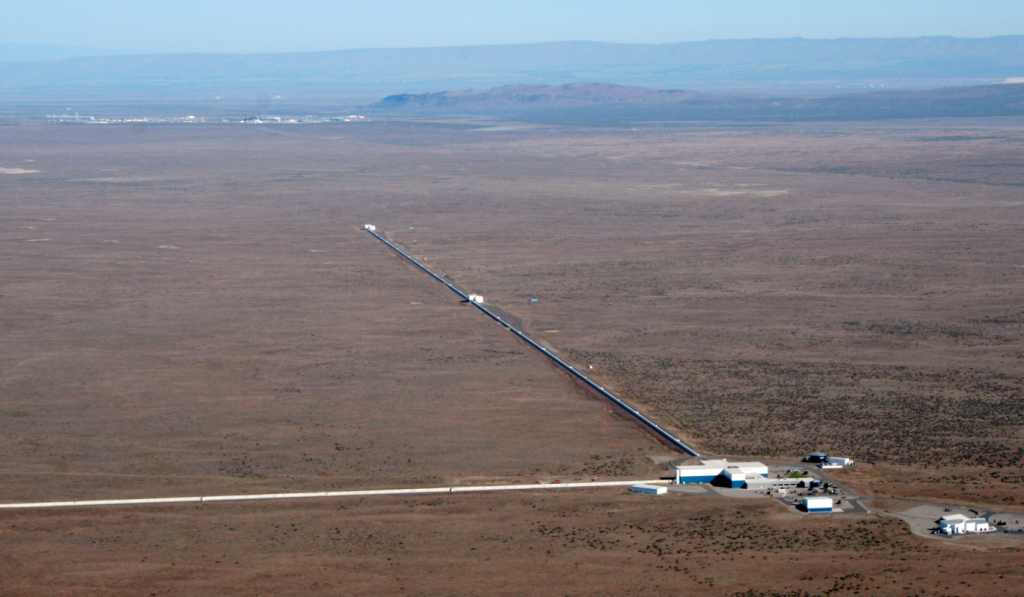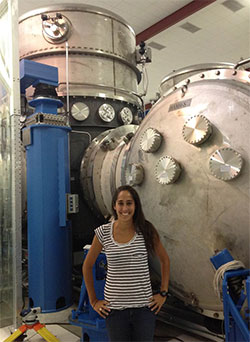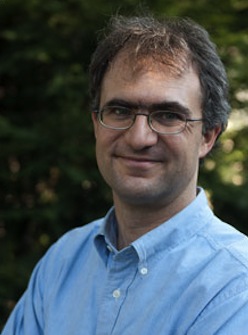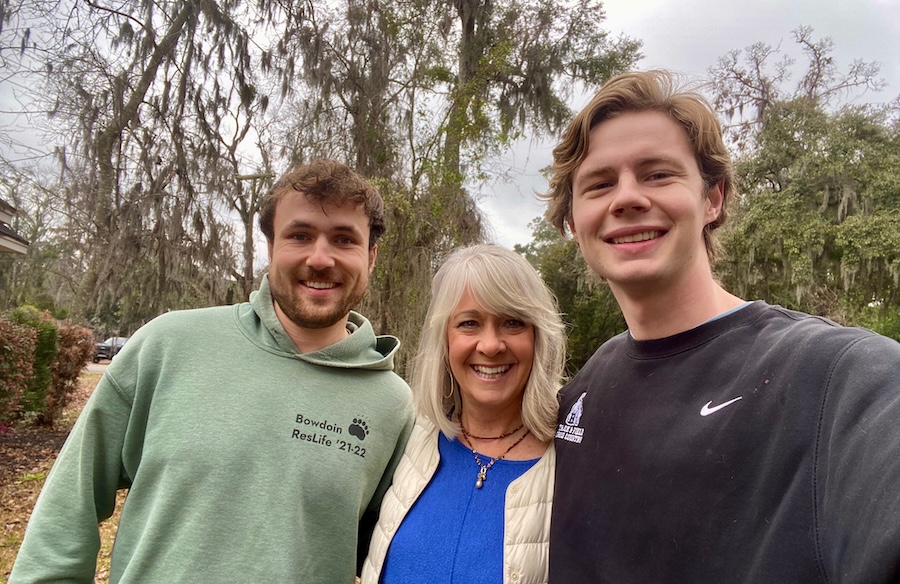As Black Holes Collide, Scientists Detect More Activity in Deep Space
By Tom Porter
There’s renewed excitement in the scientific world after advanced measuring equipment picked up signals indicating the collision of two black holes some three billion light years away. The discovery came from researchers at the Laser-Interferometer Gravitational wave Observatory (LIGO), who first detected such waves September 14, 2015. This marks the third time the laboratory has detected gravitational waves.
“The key thing to take away from this third, highly confident event is that we’re really moving from novelty to new observational science—a new astronomy of gravitational waves,” said LIGO spokesman David Shoemaker in an interview with the BBC.
The detection, which was made in January 2017, is detailed in a recent issue of the journal Physical Review Letters.

Alexa Staley ’11, now a quantum engineer with a California-based computing startup, worked on the LIGO project for two years as a graduate student at Columbia University.
LIGO just announced it’s third gravitational wave detection, which is super exciting! This detection was of what we call a binary black hole collapse into a 50 stellar mass black hole—meaning the black hole resulting from this merger has a mass about 50 times greater than our sun.
The event happened 3 billion light years away, when the Earth was only about a billion-and-a-half years old! LIGO was the first to detect stellar mass black holes of this size: something we did not know existed prior to these detections. It’s great to see LIGO continuously making detections after so much hard work from the collaboration.
These detections are occurring while Advanced LIGO—the project’s next step—operates below it’s target sensitivity curve, which means we should continue to see even more detections and interesting astrophysical events as the detectors’ sensitivity is improved. It’s a very exciting time for gravitational wave astronomy, and the field is going to learn tremendous amounts with all this new data LIGO is providing.

Thomas Baumgarte, William R. Kenan Professor of Physics
This is exciting from a couple of different perspectives. Most obviously, it just means that gravitational wave astronomy is becoming “routine,” in the sense that we can expect to see many of these events in the future. And that means that we can expect to learn many new things about the universe from these observations.
But even this single new discovery provides some new questions and hints. It was emitted by the merger of two relatively large “stellar-mass” black holes—similar to the first event, detected in 2015. What’s different, though, is that this new event appears to have been emitted from a greater distance, and therefore at an earlier time in the Universe. Also, there is some information about the relative spins of the two merging black holes—which gives us some hints on how these two black holes may have formed. All of this is very interesting and exciting.



